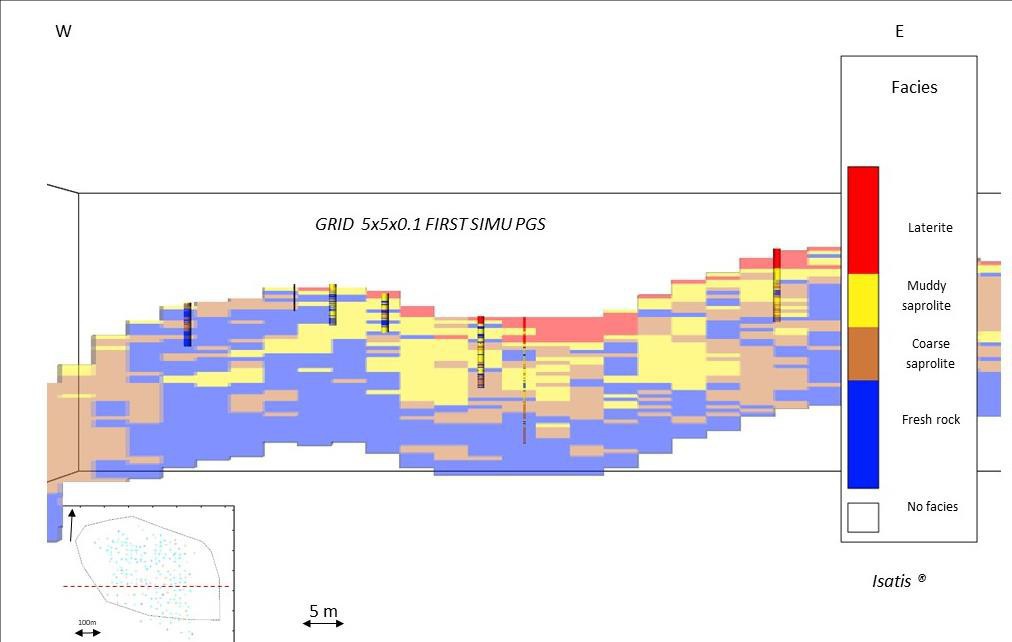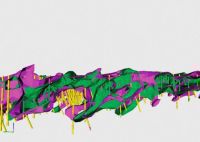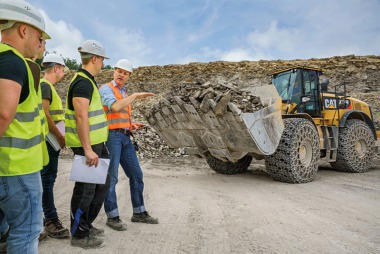Geovariances launched the version 2020.06 of Isatis.neo
11.08.2020

© Geovariances
With this new version of Isatis.neo, Geovariances continue to implement the advanced geostatistical techniques. In particular, we have added the Plurigaussian Simulations for facies modeling and developed further a kriging option allowing efficient mineral resource classification.
One of the new key features of this release is the ability to produce detailed and geologically sound facies models using the Plurigaussian Simulations. This technique is specifically designed to model complex geology with different structure orientations and heterogeneous deposits such as channels, reefs, bars, sets of conjugate veins, or ore types where geological constraints apply. It enables fine control of facies relationships and boundaries through a lithotype rule and a matrix of facies proportions derived from drill-hole data. The strength of the Isatis.neo implementation is that it can automatically perform the inference of the lithotype rule and underlying gaussian models thanks to a powerful algorithm.
In situations of folded bodies, users can now perform data "unfolding" by vertical or perpendicular to a surface data translation. The process allows aligning the grades measured along the same stratigraphic level and improves the quality of the variographic analysis and estimates.
The software also adds a comprehensive and powerful tool to derive grade tonnage curves quickly from various data (grade estimates, tonnage, and metal quantity as may be calculated by Uniform Conditioning or MIK, anamorphosis function) either globally, or in selected domains. It also reports tonnages and metal quantities by level of the grid.
The kriging option “Sampling Density Variance” has been developed further to provide a robust mineral resource classification, independent from sample number, block size, and domain extension. More information about Isatis.neo and Geovariancesis to find here!



